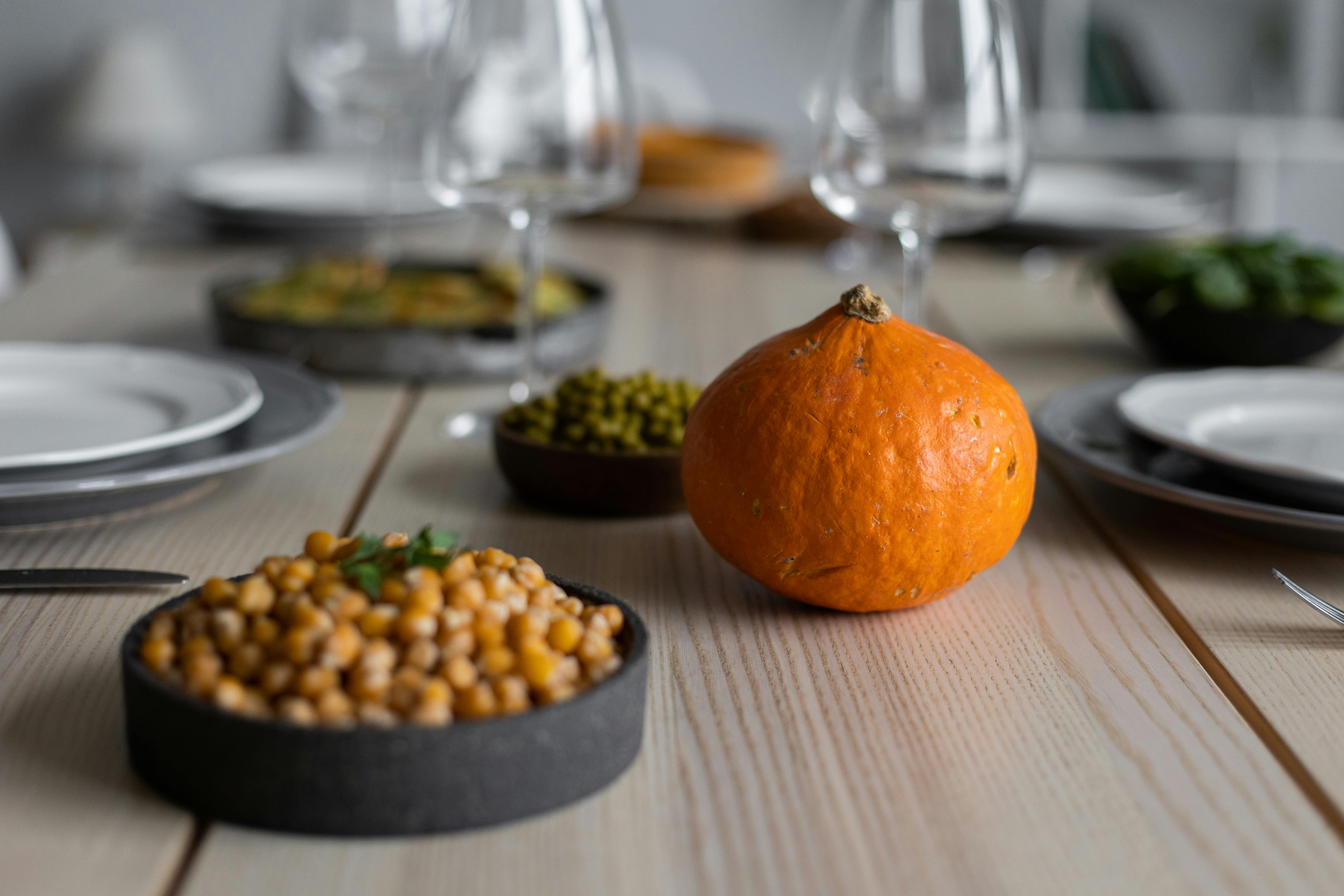The reason herb garden kits are no better than a chia herb garden can be summed up in a few words: easy to start, low maintenance, and a germination time of just four days. And a Chia Kit comes packaged with everything you need to grow herbs, including seeds, saucers, saucer liners, terracotta pots, easy-to-read instructions, and sometimes even recipes.
Some time ago, Jerry Seinfeld said, “I don’t have plants in my house. They won’t live for me. Some of them don’t even wait to die, they just kill themselves.” If you’re related to Jerry, then a Chia herb garden kit may be your answer to having a green thumb.
With the typical Chia kit you get 6 different packets of seeds, from dill and sweet basil to curly parsley, chives, cilantro and sweet marjoram.
The mess-free part of a Chia kit is that you don’t have to deal with mixing soil, fertilizer, lime, and compost because there’s no mess. Instead, the Chia Herb Garden uses special sponges made up of tree bark and peat as a growing medium.
To start your Chia kit, moisten the sponges and place each sponge in a pot. Sprinkle each seed packet onto a sponge. Be sure to place a plant marker in each pot for identification.
Since a Chia herb garden loves warm, humid conditions to germinate, one trick that works is to cover each pot with a plastic bag. Within a few hours you will see condensation on the plastic, which means that you have successively created the desired humidity for your plants.
Once your seeds start to sprout and a couple of leaves appear, you’re ready to remove the plastic bags and place your plants on a sunny windowsill. A western or southern exposure will give your plants about 5-6 hours of sunlight per day. Water them regularly and it won’t be long before you’ll be enjoying fresh herbs to flavor your favorite dishes.
When the weather is right to bring your chia herb garden outdoors, simply bring your terracotta pots to where you want to plant your herbs, flip them over, and the sponge that holds your plants comes out in one piece. Put everything in a hole big enough to accommodate the sponge, gently pack the soil around the sponge, water the plants, and there you have it: a successful outdoor transplant.
That’s it and we bet even Jerry Seinfeld would be a hit at this.



